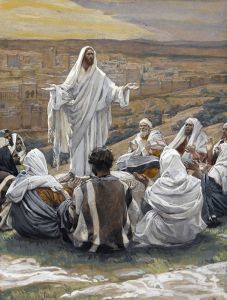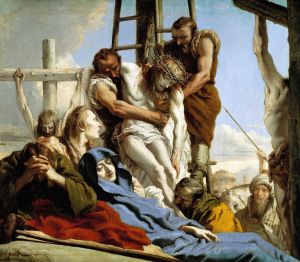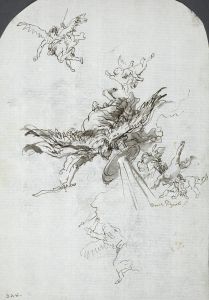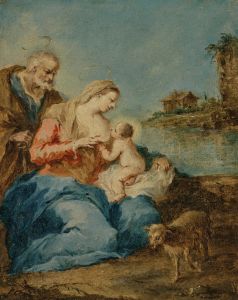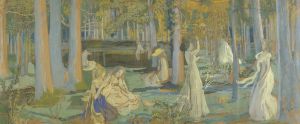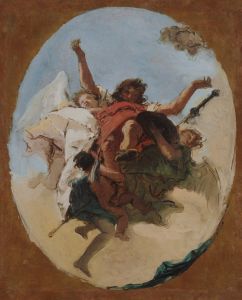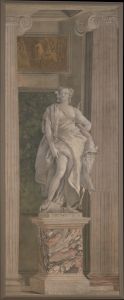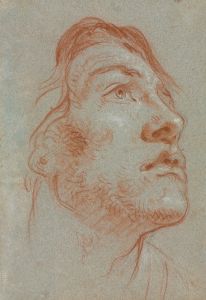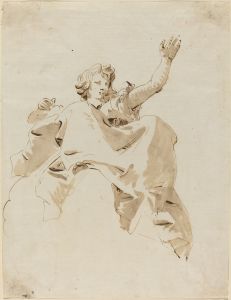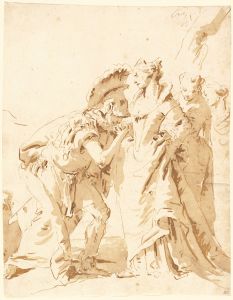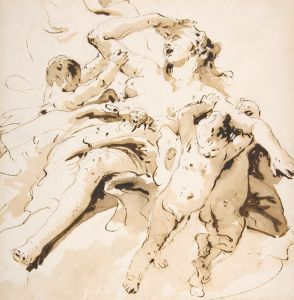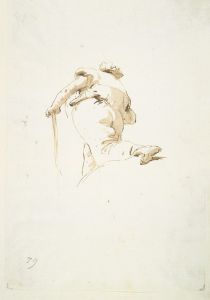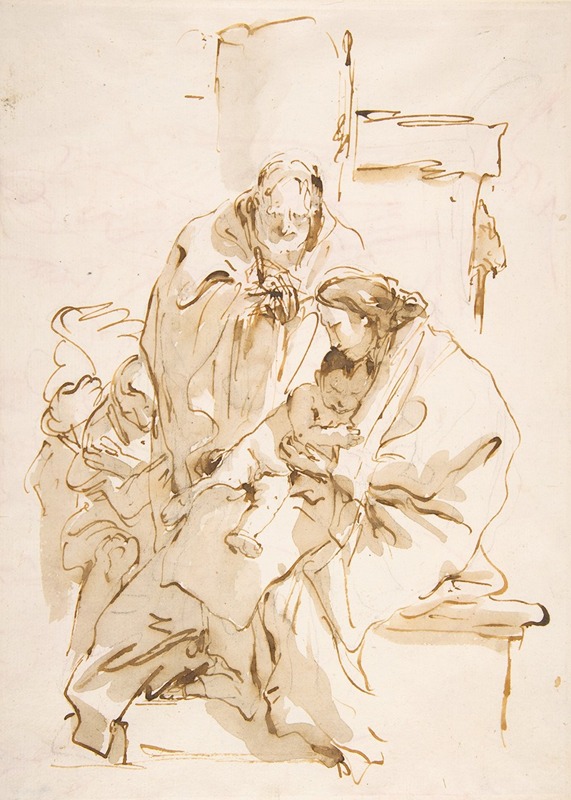
The Holy Family
A hand-painted replica of Giovanni Battista Tiepolo’s masterpiece The Holy Family, meticulously crafted by professional artists to capture the true essence of the original. Each piece is created with museum-quality canvas and rare mineral pigments, carefully painted by experienced artists with delicate brushstrokes and rich, layered colors to perfectly recreate the texture of the original artwork. Unlike machine-printed reproductions, this hand-painted version brings the painting to life, infused with the artist’s emotions and skill in every stroke. Whether for personal collection or home decoration, it instantly elevates the artistic atmosphere of any space.
Giovanni Battista Tiepolo, an Italian painter of the 18th century, is renowned for his contributions to the Rococo movement, characterized by its lightness, elegance, and exuberant use of color. Among his numerous works, "The Holy Family" stands out as a significant piece, reflecting both his mastery of the medium and his ability to convey religious themes with grace and sensitivity.
"The Holy Family" by Tiepolo depicts a serene and intimate moment shared by the Virgin Mary, Saint Joseph, and the infant Jesus. This painting is a fine example of Tiepolo's skill in combining religious iconography with the stylistic elements of the Rococo period. The composition typically features the Virgin Mary holding the Christ Child, with Saint Joseph often depicted in a protective and supportive role. The figures are usually set against a soft, atmospheric background that enhances the sense of divine presence and tranquility.
Tiepolo's use of color in "The Holy Family" is particularly noteworthy. He employs a delicate palette, with soft pastels and gentle contrasts that create a harmonious and uplifting visual experience. The light in the painting is often depicted as ethereal, bathing the figures in a glow that suggests their sacred nature. This use of light and color not only highlights Tiepolo's technical prowess but also serves to elevate the spiritual content of the work.
The composition of "The Holy Family" reflects Tiepolo's ability to convey narrative through gesture and expression. The figures are often arranged in a way that suggests a tender interaction, with the Virgin Mary gazing lovingly at the Christ Child, who may be reaching out or looking up at her. Saint Joseph is typically portrayed as a gentle and watchful presence, completing the familial circle. This arrangement not only emphasizes the close bond between the figures but also invites the viewer to contemplate the themes of love, protection, and divine grace.
Tiepolo's work was highly sought after during his lifetime, and he received numerous commissions from churches and private patrons across Europe. His ability to infuse traditional religious subjects with the lightness and elegance of the Rococo style made his paintings particularly appealing to the tastes of the time. "The Holy Family" is a testament to his skill in balancing the demands of religious art with the aesthetic preferences of his patrons.
While specific details about the provenance and current location of "The Holy Family" by Tiepolo may vary, his works are held in high esteem and can be found in major museums and collections worldwide. Tiepolo's influence extended beyond his native Italy, impacting artists and movements across Europe, and his legacy continues to be celebrated for its contribution to the development of Western art.
In summary, Giovanni Battista Tiepolo's "The Holy Family" exemplifies the artist's ability to blend religious themes with the stylistic elements of the Rococo period. Through his masterful use of color, light, and composition, Tiepolo creates a work that is both spiritually profound and visually captivating, reflecting the enduring appeal of his artistic vision.





